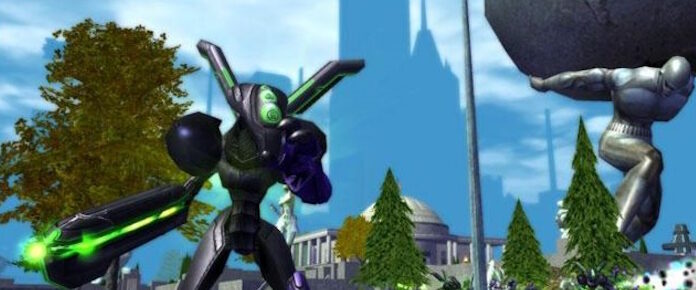
I love me some ARPGs, but in any RPG your enjoyment will depend so much on finding the right class. A game that felt like a slog with one class can be a delight with another. Today I’d like to take a look at some of the fun, clever, and original classes I’ve had the pleasure to play in the ARPG world.
Odin (Vikings: Wolves of Midgard)
A more obscure title, Vikings: Wolves of Midgard has a unique “class” system based on making offerings to the various Norse gods. The most mechanically interesting of these is the skill tree for a follower of Odin. It’s the caster class, but rather than a ranged turret, it’s an agile melee build that weaves together magic with staff-fighting. It’s a nice change of pace from the average mage.
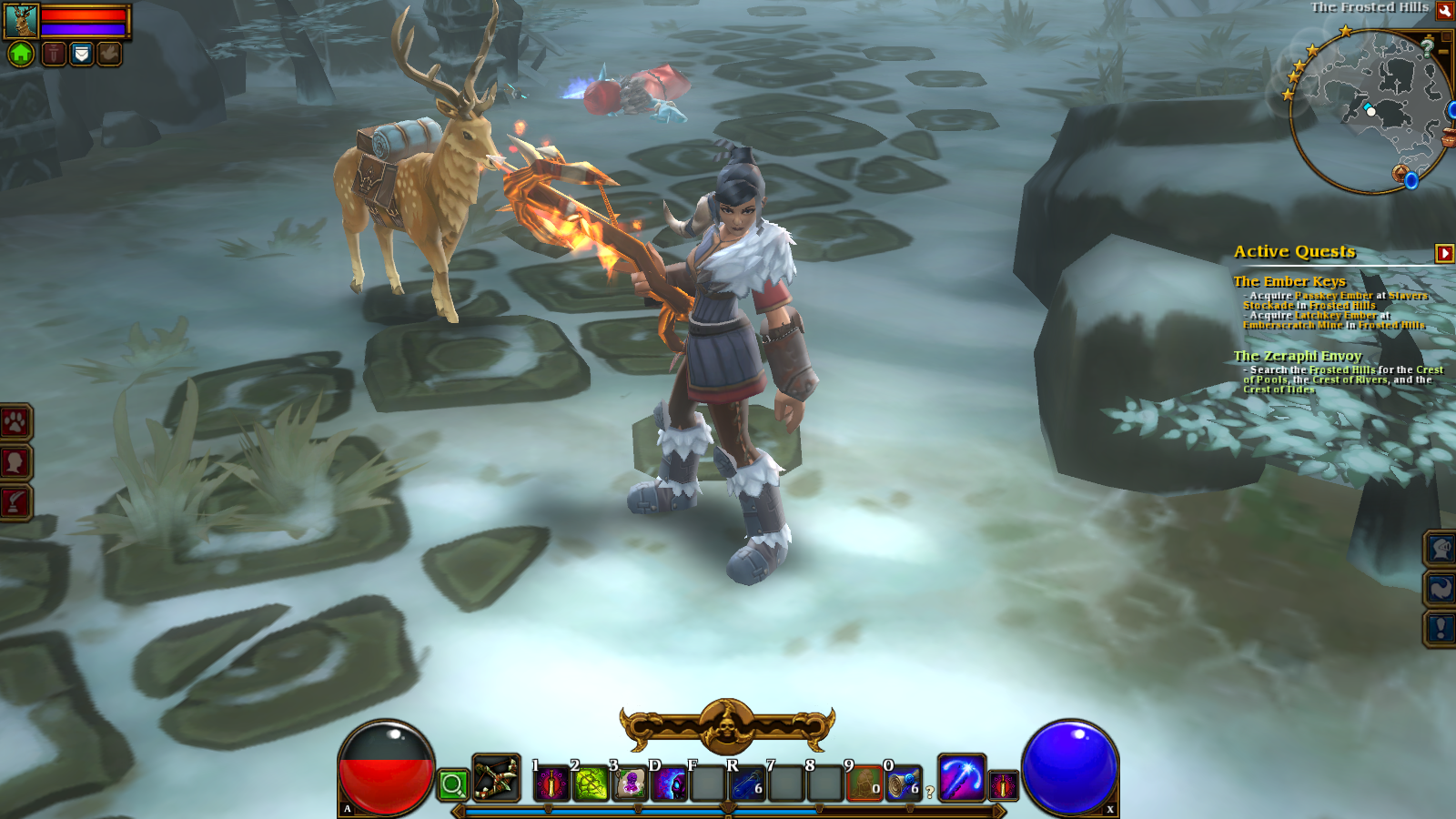
Outlander (Torchlight II)
There’s not any one single feature or ability about Torchlight II‘s Outlander that jumps out to me, but it does manage to combine a little bit of almost everything I like in an RPG class. Archery? Check. Dark magic? Check. Support abilities? Check. Swarms of minions? Check.
It’s a bit of a kitchen sink approach, but it works. I can only hope the upcoming Torchlight III‘s Sharpshooter class is as fun.
Hector (Pagan Online)
Pagan Online has a large roster of characters akin to that of a MOBA, but with a little more customization. A lot of them are unique and interesting, but I especially want to show some love to Hector.
Hector is an engineer equipped with a shotgun and flamethrower, and that’s cool enough on its own, but what takes this character to the next level is his small army of rat assistants, who pilot turrets and other gadgets for them. Could anything be more adorable?
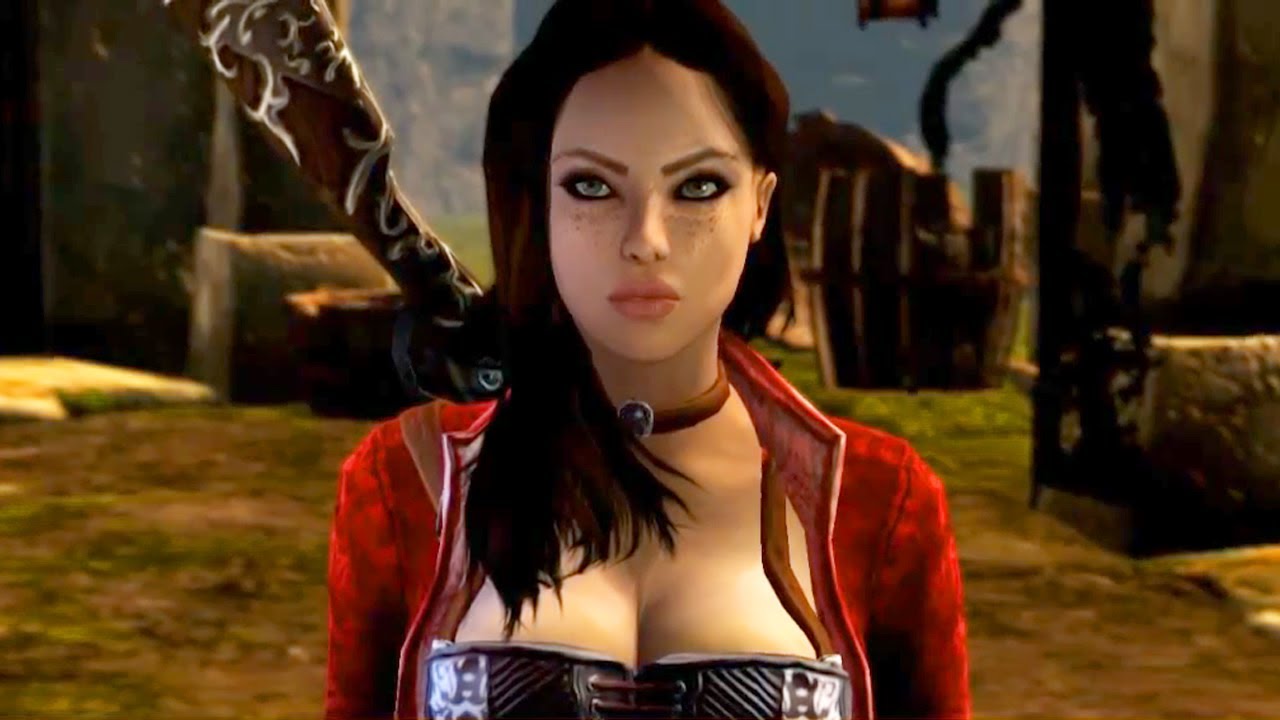
Katarina (Dungeon Siege III)
Underrated gem Dungeon Siege III doesn’t have traditional classes; instead, it has fully established playable characters with their own backstories and personalities. This is a bit of a trade-off, but what the game lacked in customization it made up for with originality and flavor.
Take, for example, Katarina. A Romani-inspired witch and a gunslinger are both rare enough archetypes in fantasy RPGs, but Katarina seamlessly combines both concepts, flinging curses and bullets with equal flare.
Occultist (Grim Dawn)
I enjoy magic classes, and more often than not I lean toward the darker ones. Standard mages tend to be a bit vanilla for me; I prefer those who wither their enemies with curses, poisons, and sinister minions.
In Grim Dawn, my go-to for that experience is the Occultist. It’s a great class on its own, but what I really like about it is how well it can pair with so many other classes, Grim Dawn being a game where everyone gets to combine two. The Occultist has a bit of everything — buffs, debuffs, offensive spells, and pets — and that makes it a great choice to fill in the gaps or enhance the strengths of whatever other class you’re using.
It also gets a raven pet, and it can throw exploding eyeballs at people. What’s not to love?
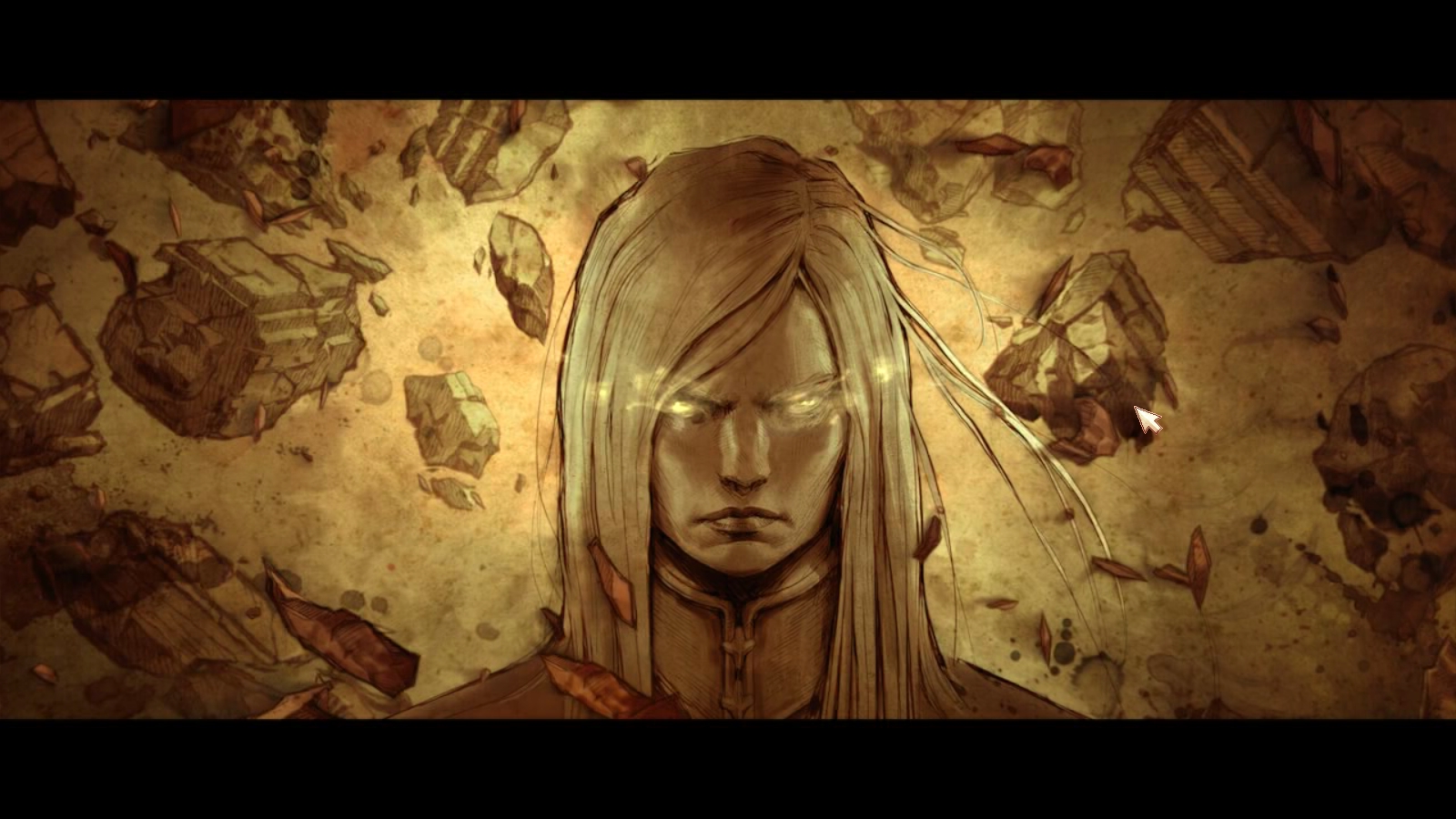
Necromancer (Diablo games)
I’m lumping together the Necromancers from both Diablo II and Diablo III for efficiency’s sake, though they are not entirely one and the same. The D3 incarnation is more explosive and bombastic, while the OG Necromancer can field a larger army of skeletons.
Both are worthy of respect, though. The D2 Necromancer is arguably the class that put summoners on the map in the ARPG world and is still beloved by many, whereas the D3 elevated the concept with its bone-crunching style of magic. It’s more physical and visceral than any other RPG spellcaster I’ve played.
Elemental summoner (Wolcen: Lords of Mayhem)
Since Wolcen doesn’t have classes, including it feels like a bit of a cheat, but there are so many fun abilities and cool builds you can choose in that game that I would feel remiss if I didn’t include it somehow.
My current favorite build in that game is an elementalist summoner. I have a small army of undead minions, each empowered by different elements, who keep me safe. Meanwhile I freeze the enemy in place with ice AoEs and set them ablaze with Consuming Embers as my main attack spell. The flavor of elemental necromancy isn’t something I’ve encountered in any other game, and the gameplay of letting my pets distract the enemy while I burn down the world is undeniably satisfying.
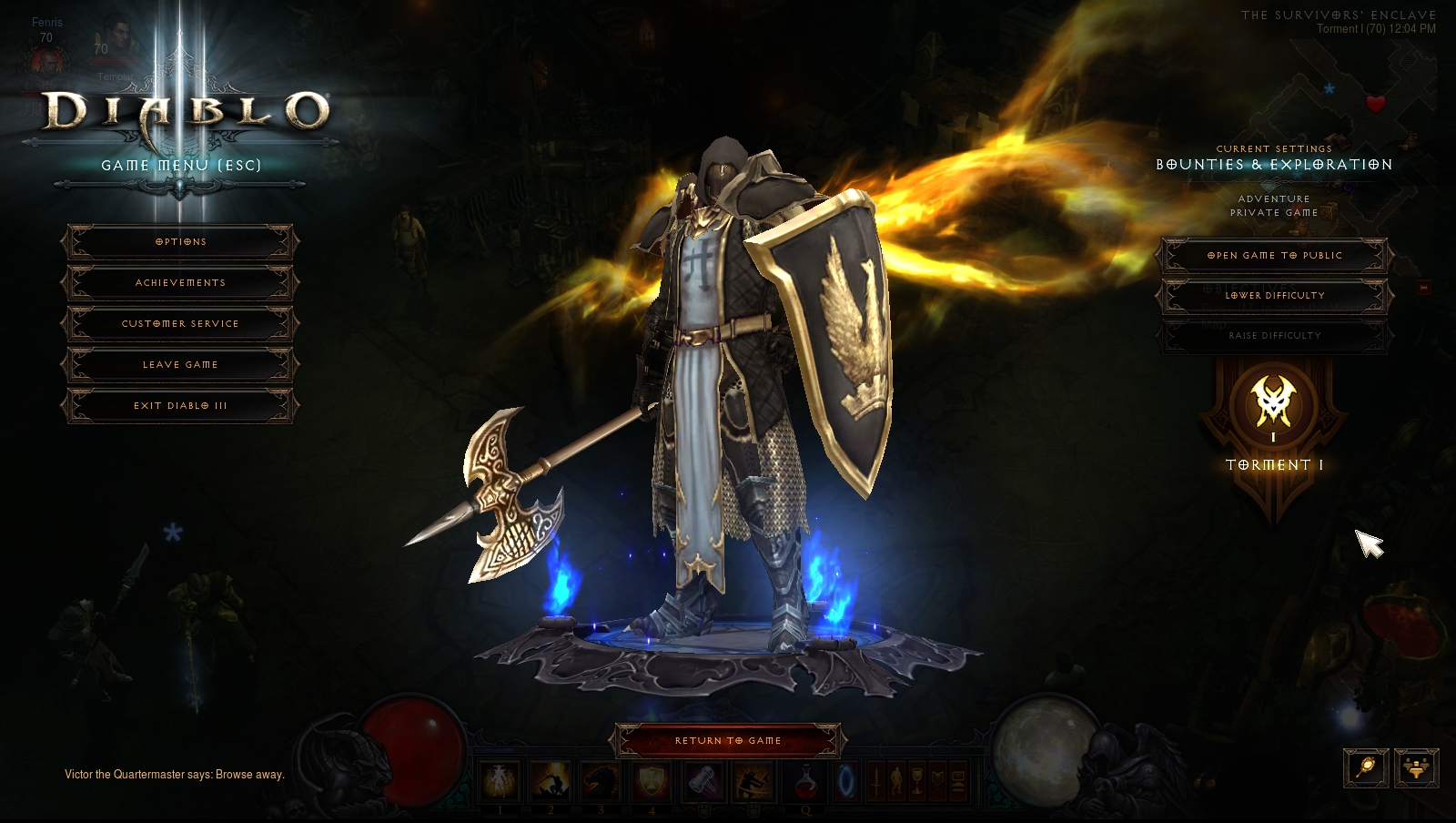
Crusader (Diablo III)
Usually in RPGs I play magical or agility-based classes. When I am in the mood for something more tanky and direct, I go straight for paladins. And in the ARPG realm, there is perhaps no better example of that archetype than the Crusader.
We talk about tank classes all the time in gaming, but more than any other, the Crusader feels like playing a living tank, shrugging off blows as they impose their will on the enemy through sheer grit.
I also appreciate the different elemental attacks Crusaders have access to. Much as I enjoy paladin classes, I’ve always had an issue with the idea of holy magic attacks. I’m not clear on how you can kill monsters by throwing golden sparkles at them. My D3 Crusader has a fire-based build, and purging enemies with holy flame feels much better.
Anjali (Dungeon Siege III)
As stated above, my go to RPG classes are usually spellcasters, agility focused archetypes, and paladins. But in Dungeon Siege III, I don’t have to choose one of those. Anjali is all of them at once.
Like all playable characters in DS3, Anjali has two stances she can switch between at will, but for her the change is more dramatic than it is for her compatriots.
In her first stance, she’s somewhere between a monk and a paladin, a resilient divine warrior with an acrobatic fighting style. In the other, she shapeshifts into a fire elemental and becomes a ranged nuker, devastating her enemies from afar.
Each stance is fairly enjoyable on its own, but it’s the ability to constantly weave between those two radically different playstyles that really makes Anjali special.
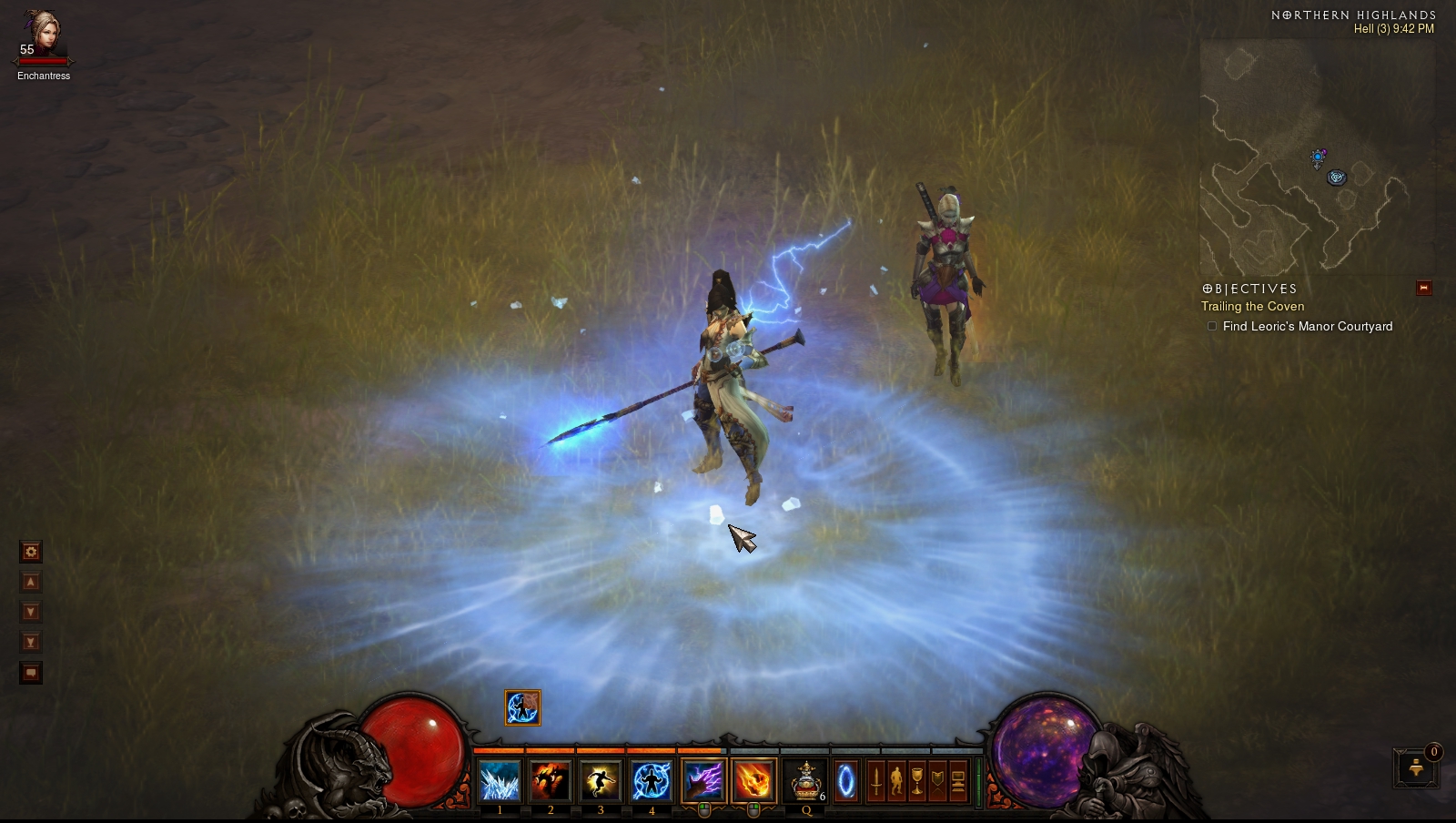
Wizard (Diablo III)
In case it wasn’t clear by now, I think Diablo III really hit it out of the park on class design. They all feel unique and fun to play, but my favorite has to be the Wizard.
I love using magic in games, but too often caster classes are typecast as slow and frail. A good spellcaster should feel vigorous and powerful. You should feel like a living conduit for raw arcane fury.
And that’s exactly what D3‘s Wizard achieves. No frail old man, the Wizard is instead an energetic youth wielding near god-like power with reckless abandon. The class would almost be worth it just for its sheer personality, but its gameplay is also a delight, with a nigh-inexhaustible resource pool and numerous spectacular and dramatic spells. You can fling actual galaxies at people!
One thing I especially appreciate is that the Wizard has access to a build that not only allows but encourages you to use every element of spell in your arsenal. I find it tiresome when mage classes are encouraged to pigeon-hole themselves into just one element. With the Tal Rasha’s Elements set and associated passive abilities, my Wizard reaches the peak of her power by combining ice, fire, lightning, and the arcane.
 The world of online gaming is changing. As the gray area between single-player and MMO becomes ever wider, Massively OP’s Tyler Edwards delves into this new and expanding frontier biweekly in Not So Massively, our column on battle royales, OARPGs, looter-shooters, and other multiplayer online titles that aren’t quite MMORPGs.
The world of online gaming is changing. As the gray area between single-player and MMO becomes ever wider, Massively OP’s Tyler Edwards delves into this new and expanding frontier biweekly in Not So Massively, our column on battle royales, OARPGs, looter-shooters, and other multiplayer online titles that aren’t quite MMORPGs.
